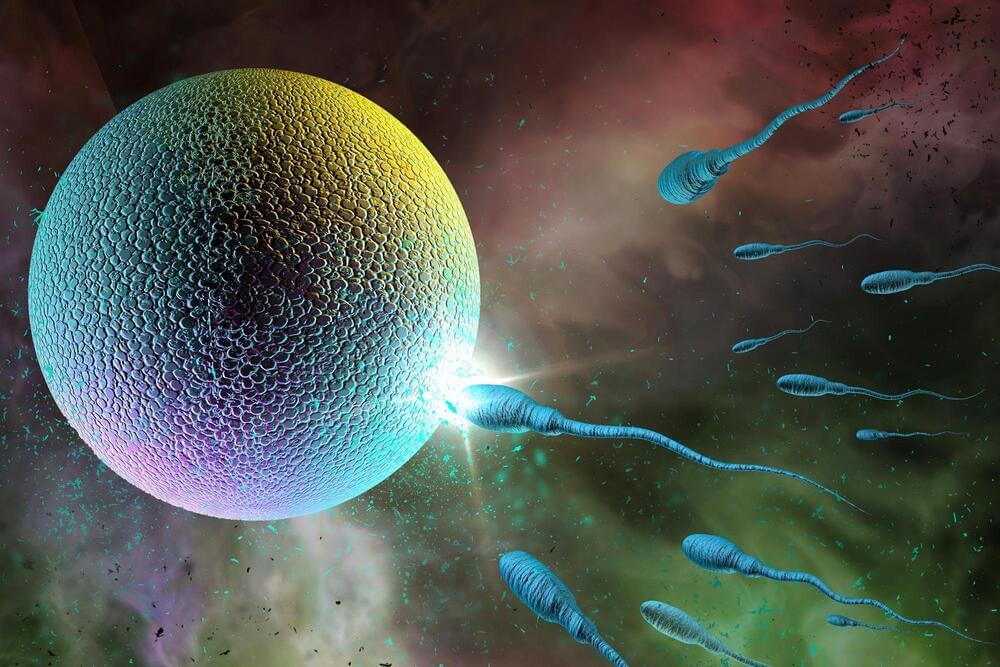Manas Bhatia has a bold vision of the future — one where residential skyscrapers covered in trees, plants and algae act as “air purification towers.” In a series of detailed images, the New Delhi-based architect and computational designer has brought the idea to life. His imagined buildings are depicted rising high above a futuristic metropolis, their curved forms inspired by shapes found in nature.
But the pictures were not entirely of his own imagination.
For his conceptual project, “AI x Future Cities,” Bhatia turned to an artificial intelligence imaging tool, Midjourney, that generates elaborate pictures based on written prompts.
A New Delhi-based architect’s bold vision of the future is not entirely of his own imagination.







